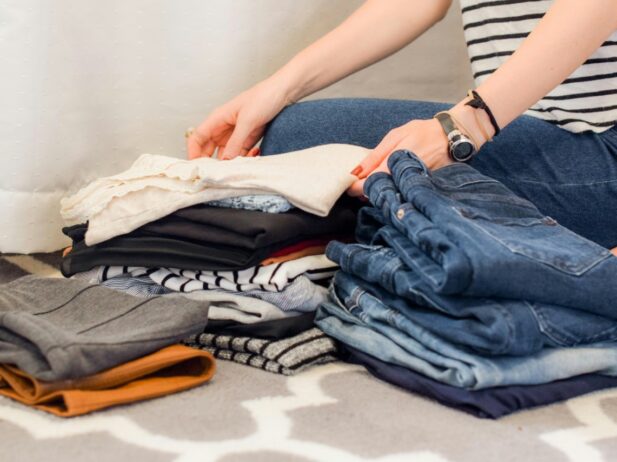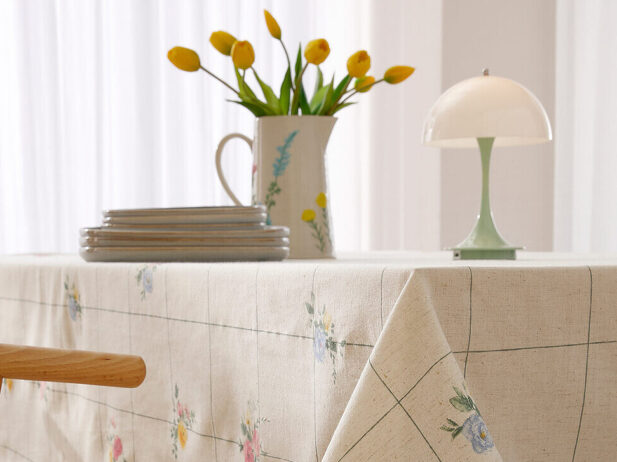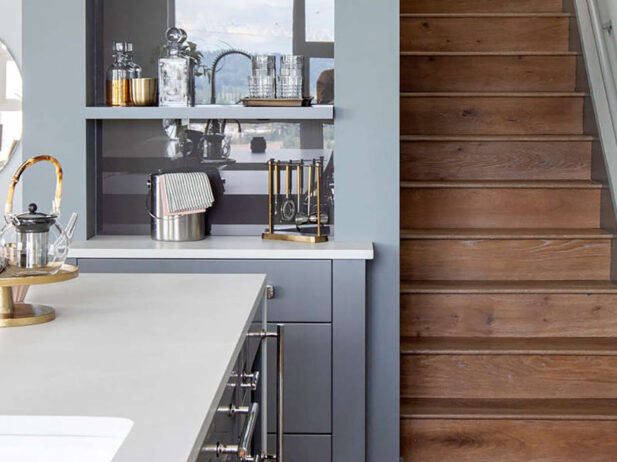
Organize your planting schedule properly, then let your garden provide for you
Improve your gardening practices and broaden your knowledge with these tips
The big question this time of year is . . . when should I plant my tomatoes? While the window for sowing tomato seed has passed, it works well to purchase well-grown “starts’ for planting outside around the May long weekend.
Microgreens are hot, showing up in bistros everywhere. Did you know you can grow your own for pennies? Microgreens are thickly sowed in a thin layer of growing medium. A nutrient-rich addition to sandwiches and salads, they’re great for gardenless folks who crave the taste of homegrown. Or for those who use grow lights in order to enjoy the convenience of an indoor crop through the winter.
The usual suspects: mustards, kale, radish, broccoli and spinach. More fancy: amaranth, wheat, rye, popcorn, fennel, fenugreek, flax, basil and Italian parsley. Harvest either by pulling up the entire sprout or allowing the greens to grow a bit more for multiple scissor-harvests.
Sowing Seeds in Your Garden
As the soil warms, direct-sow arugula, broad beans, mache, onion sets, peas, potatoes, cilantro, chervil and radish. Towards the end of April on the coast plant carrots, chard, beets, collards, scallions and spinach. In colder zones, wait until the soil has adequately warmed up.

When the soil begins to warm, that’s the signal it’s time to sow peas
Indoors, sow starts for lettuce to plug in to empty spaces in May. Don’t even think about planting basil yet! It needs (and loves) heat, and is best planted when you can be outside at night in a T-shirt. It’s okay to sow transplants for leeks, bulb fennel, cauliflower, cabbage, shallots and perennial herbs. Last week of April is fine to start zucchini and other summer squash, but wait until May to start winter squash and cukes.
Did you know you can grow strawberries from seed? Children particularly love to do this. They’ll need guidance, as the tiny seeds are slow and germinate unevenly but it’s worth it – the leaves emerge as teeny strawberry leaves, much to everyone’s delight. Try ‘Fresca’ or smaller, alpine-type ‘Mignonette’. Other possibilities from seed: rhubarb and quinoa!

Children love to grow strawberries from seed
While it’s okay to start kale now, if you live on the coast or in a fairly mild winter area, you may want to wait until June or July to sow your seed. Summer-planted kale grows rapidly through the fall. Freezing brings out the sweetness in kale, and you’ll have beautiful healthy winter greens.
Successful Planting for Small-space Gardening
Maximize yields from your small-space garden with succession planting. As you harvest one crop, plant the next: direct-sow greens now for May harvest; plant snap peas to pick in July, then fill that space with young kale transplants (seeded late June/early July) for overwintering. Or, instead of kale, sow one last crop of bush beans in July to harvest in fall, then plant garlic in October. Other possibilities: early-sown “cut and come again” greens followed by beets or carrots, followed by earlier-sown transplants of leeks.
Grow more food by going up. Check out new ways of growing lettuce, other greens and herbs vertically in a “living wall.” Against the fence or alongside your house, sow peas, pole beans, cucumbers, winter squash (they climb if you give them something to cling) and “vine” tomatoes. Use poles, obelisks or other contraptions too – all elevate veggies to new heights. No need to support hanging squash, by the way.
One last note for food gardeners who use compost made from city-collected yard waste. It’s sometimes not quite ready to use on your garden, especially to grow edibles. Best to let it sit until fall or add to your compost until it’s “done.”







